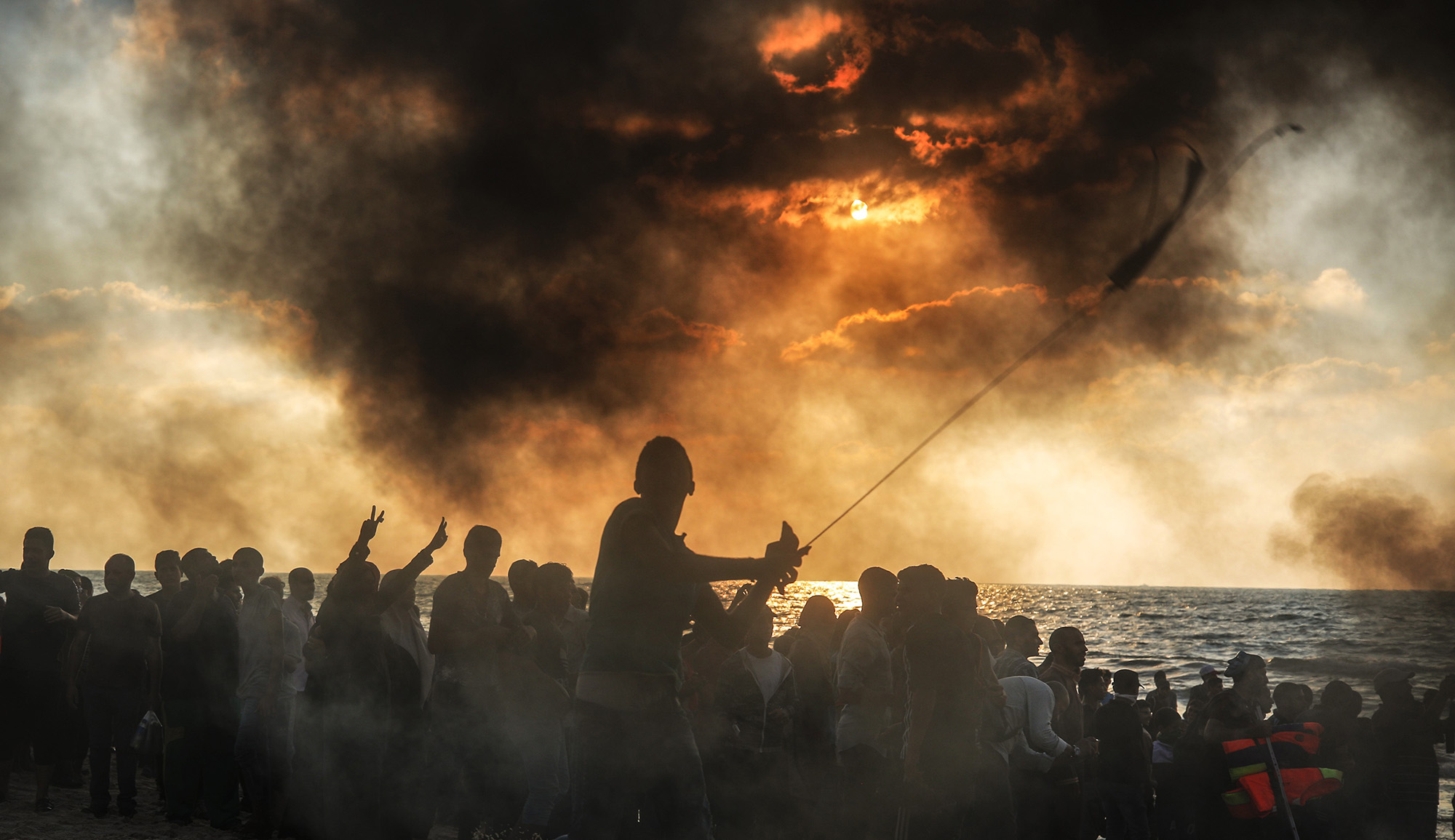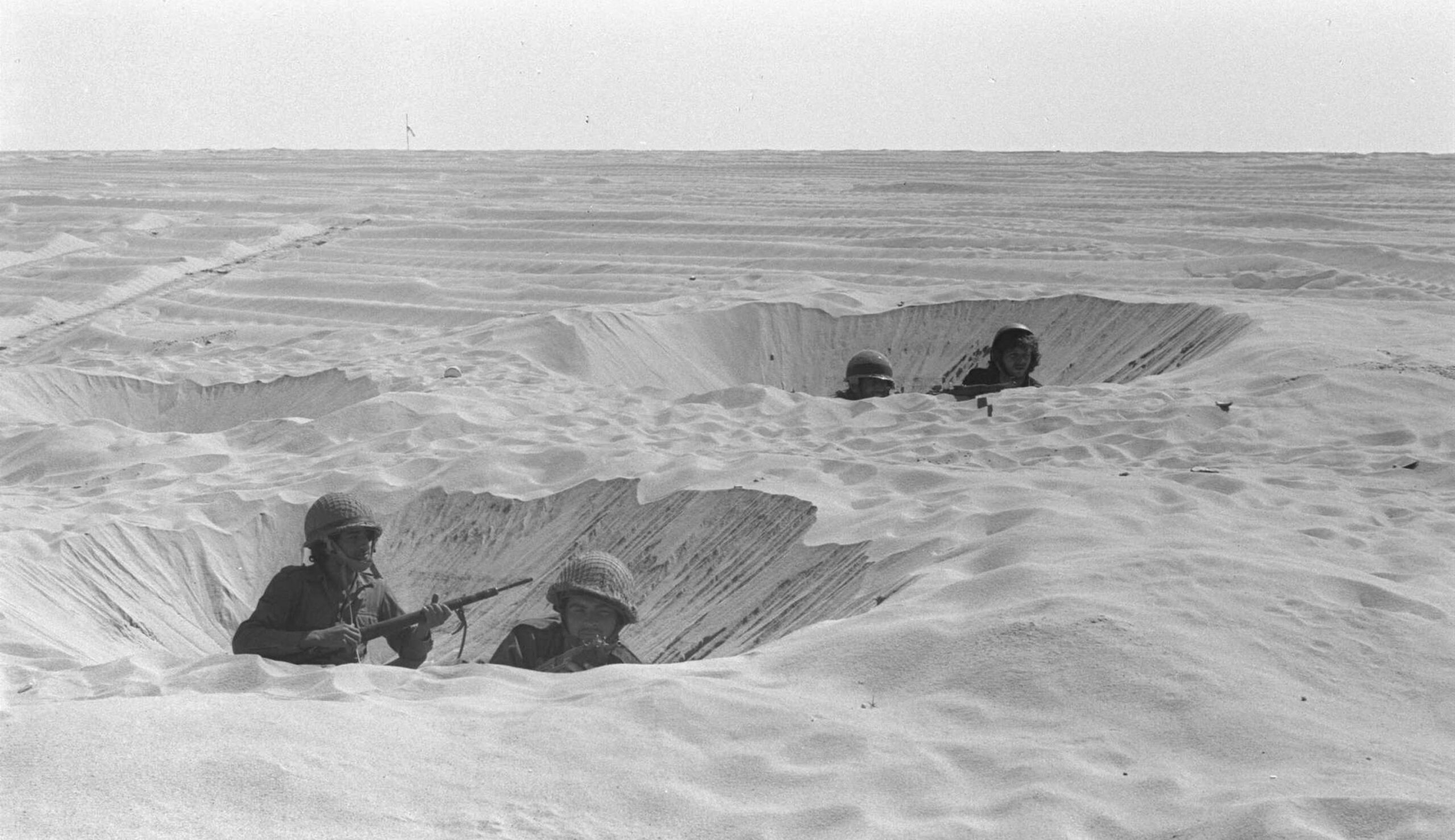Saudi rulers habitually condemn terrorist attacks when speaking to Western audiences; Saudi Arabia has also suppressed Islamist groups within its own borders and is assisting in the fight against Islamic State. However, the kingdom has a long history of supporting jihadists, and has been the major force behind the spread of the Wahhabi ideology from which Sunni Islamism springs. Carol and Jamsheed Choksy recount the deeply intertwined histories of Saudi Arabia and Wahhabism, and explain the role the kingdom still plays in exporting radical Islam:
[O]ver the past three years, in Yemen, Iraq, Syria, and most recently Lebanon, the Saudi state has been able to utilize jihadis to launch a “proxy Sunni-Shiite war” aimed specifically against Iran and its Shiite and Alawite allies. . . . According to U.S. intelligence officials, in September 2013 “hundreds of millions” of dollars were still flowing to Muslim terrorists from private donors in the Arabian Peninsula. . . .
Likewise . . . Operation Decisive Storm, ostensibly a ten-country Sunni offensive against Shiite Houthi rebels in Yemen, on the kingdom’s southern border, reinforces Sunni autocrats and widens the intra-Muslim rift rather than quashing Sunni extremists like Islamic State and al-Qaeda. It all fits squarely with current Saudi policy of ensuring the monarchy leads the world’s Muslims irrespective of negative consequences. . . .
Saudi Arabia complains that the U.S. is no longer the reliable ally who agreed in 1945 to guarantee the monarchy’s security. But as the cradle of Islamist terror, it has become a duplicitous friend as well. It should no longer be allowed to use its oil wealth to take its terror connections off the table.
Read more at World Affairs Journal
More about: Jihad, Politics & Current Affairs, Saudi Arabia, Shiites, Sunnis, Wahhabism


